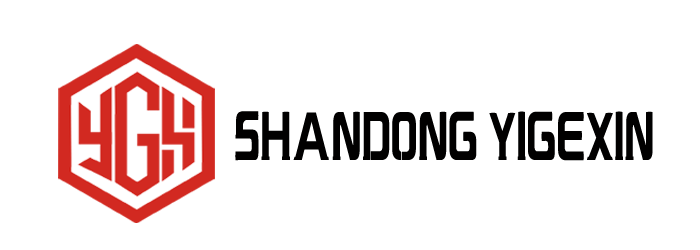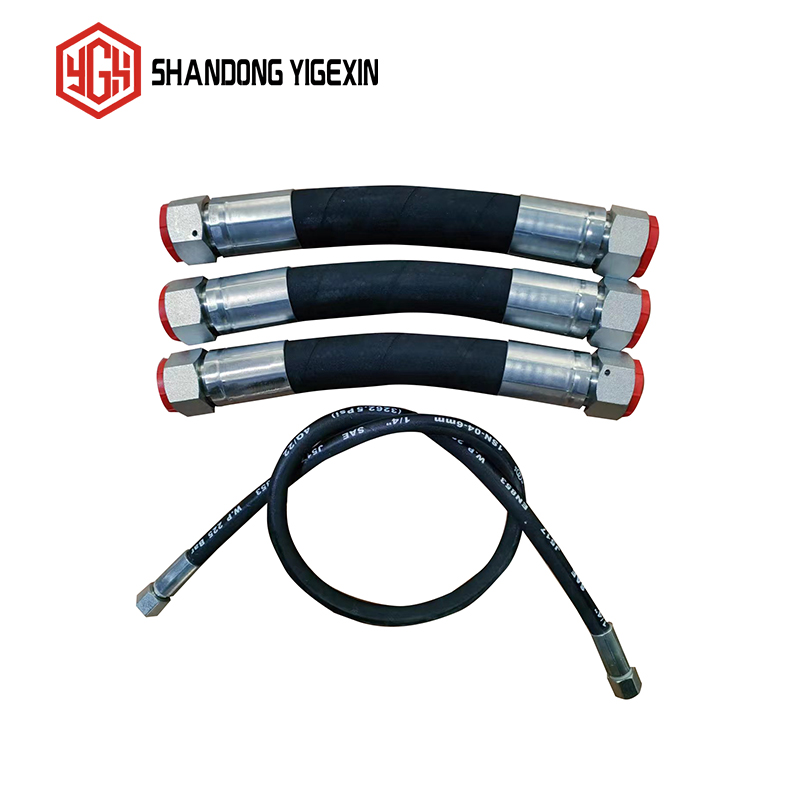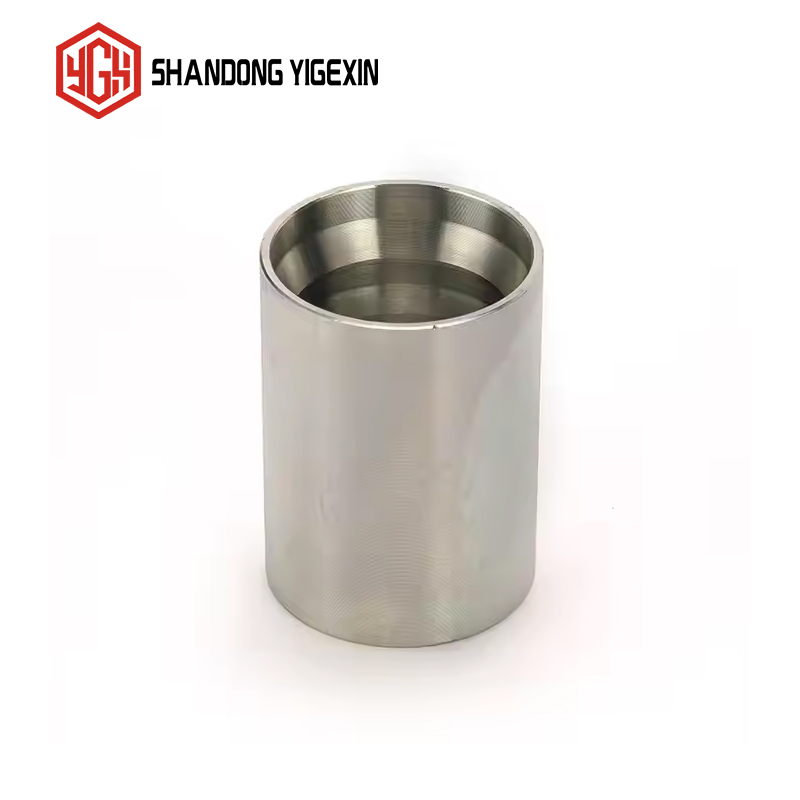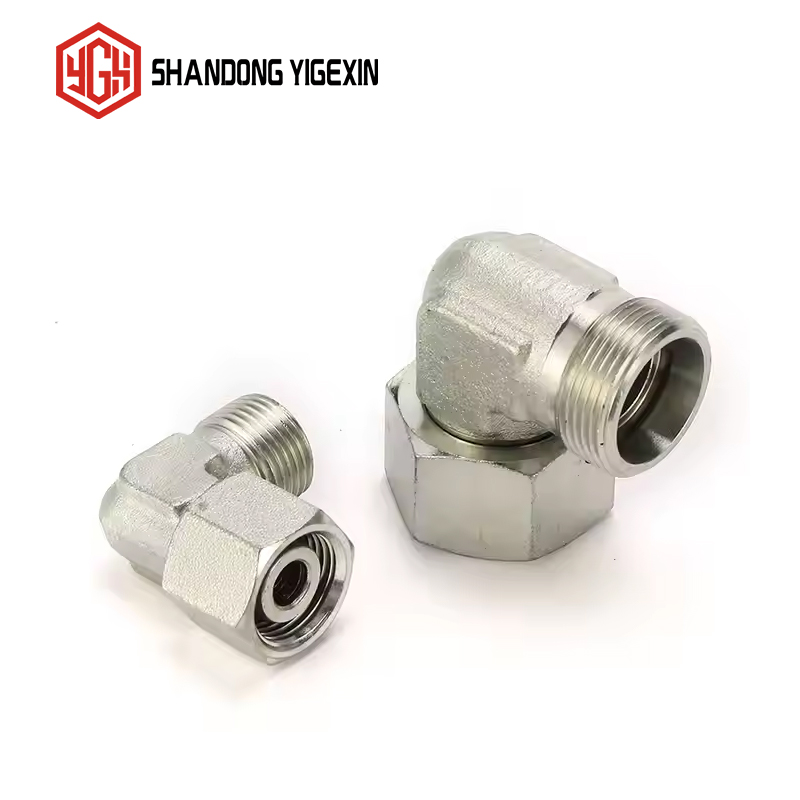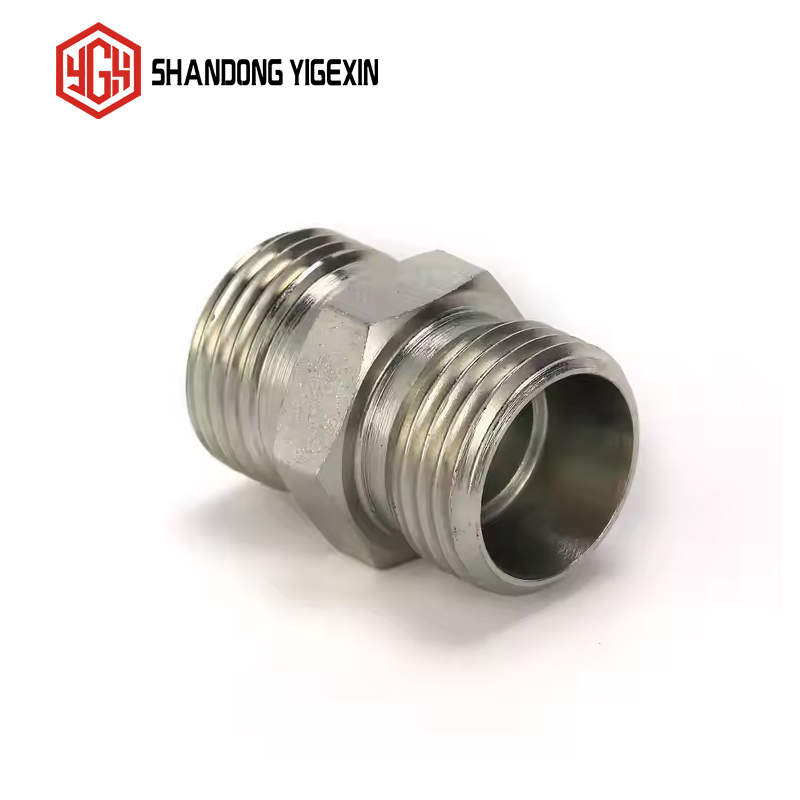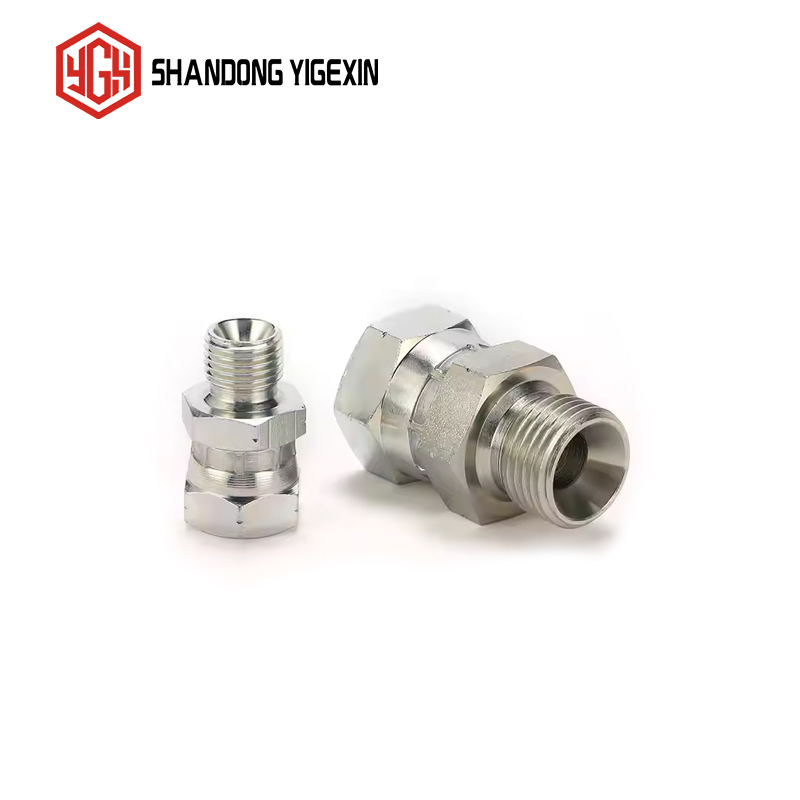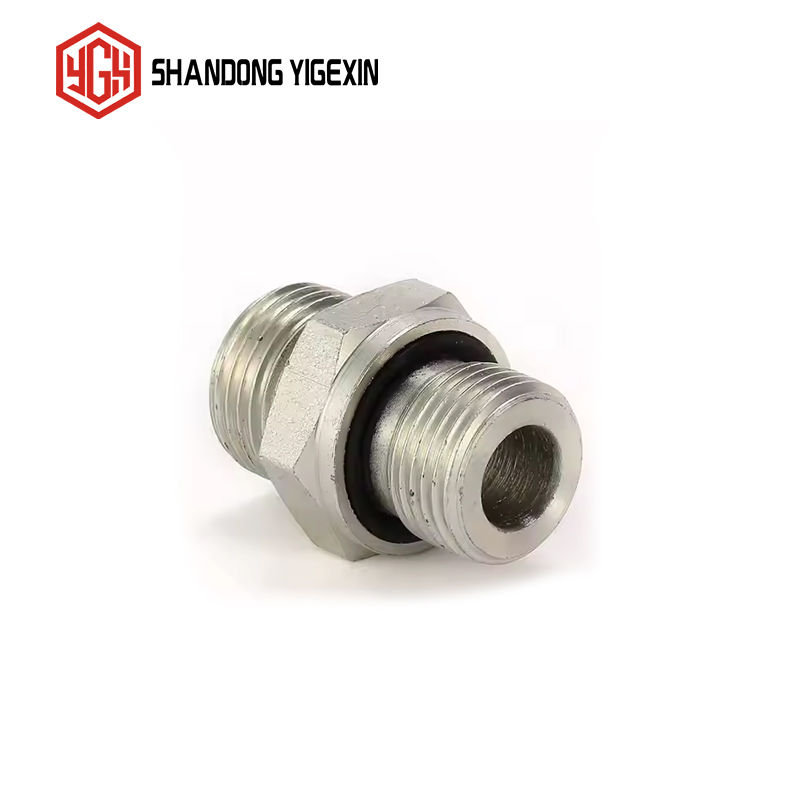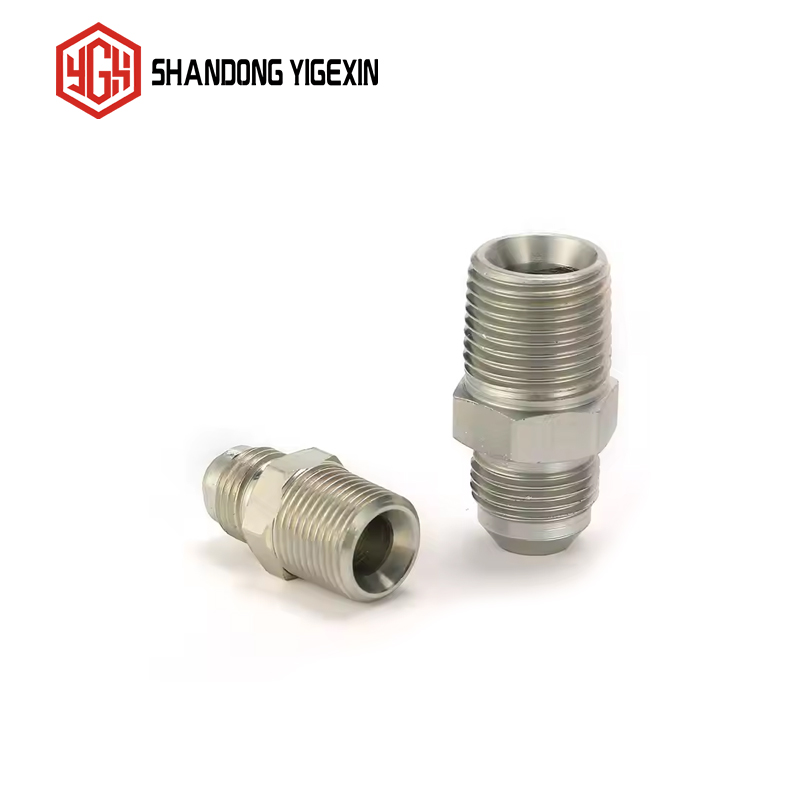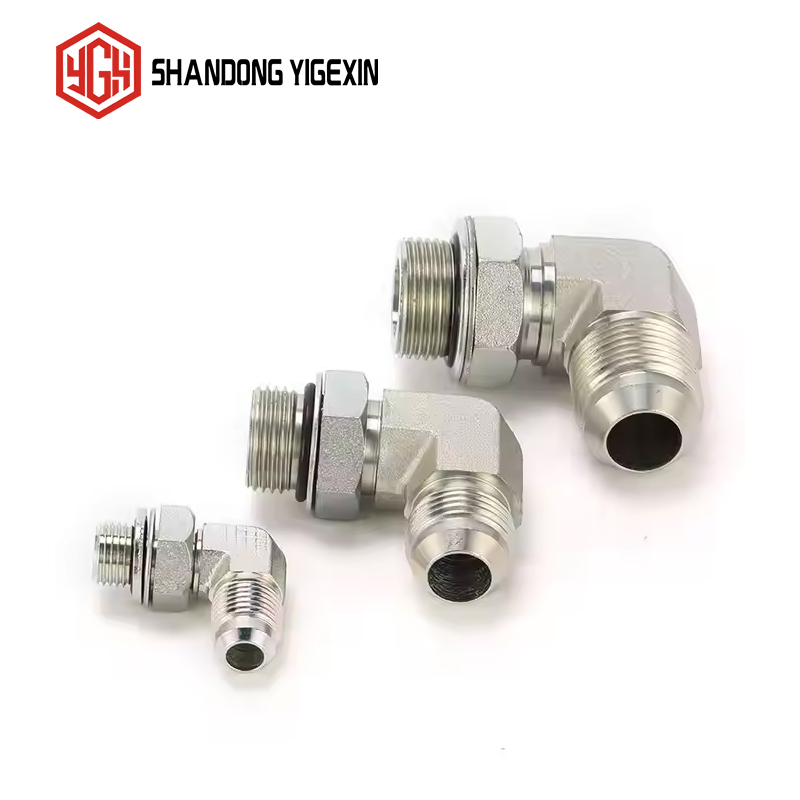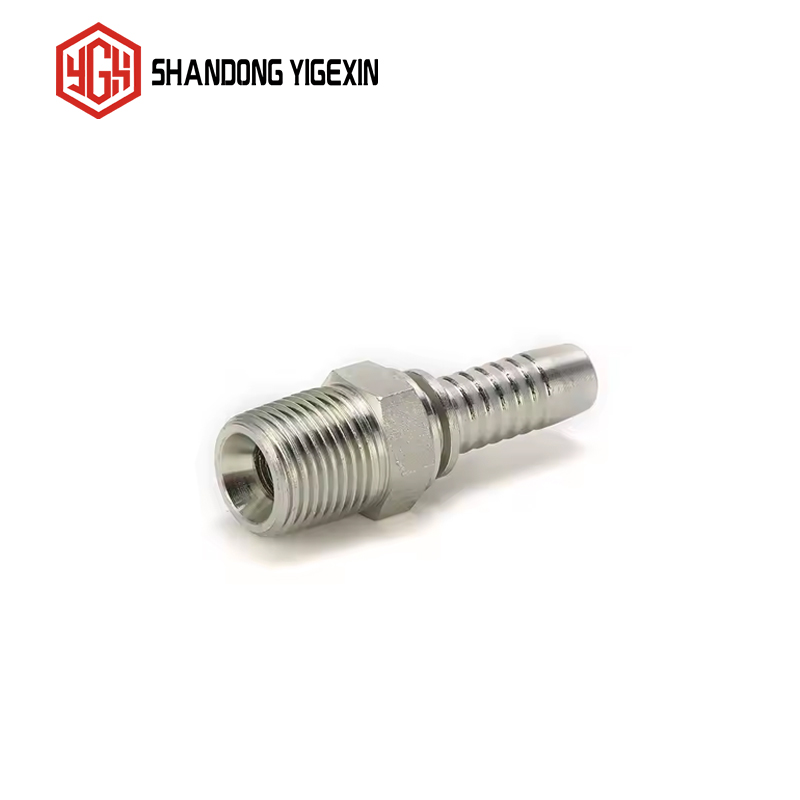1. Pre-Installation Preparation
System Depressurization
(1)Ensure the hydraulic system is fully depressurized before connecting to prevent high-pressure oil spray hazards.
Cleaning & Inspection
(2)Thoroughly clean the pipe ends and fittings to remove oil, dirt, and debris.
(3)Check threads, seals, and O-rings for damage or deformation.
2. Proper Selection & Compatibility
Correct Sizing & Pressure Rating
(1)Ensure fittings match the pipe size and system pressure (e.g., 24° cone seals, JIC standards).
(2)Choose materials based on environment:
(3)Carbon steel (galvanized) for general use.
(4)Stainless steel (304/316) for corrosive conditions.
Seal Integrity
(1)Use high-quality O-rings and avoid twisting or damaging them during installation.
3. Installation Guidelines
Tightening & Torque
(1)Follow manufacturer-specified torque values to prevent leaks or thread damage.
(2)Avoid using improper tools (e.g., pliers) to tighten fittings.
Bending & Routing
(1)Maintain a minimum bend radius of 10× the hose diameter to prevent kinking.
(2)Protect steel tubing from abrasion with sleeves if necessary.
4. Maintenance & Inspection
Regular Checks
(1)Inspect for leaks, cracks, or swelling in hoses.
(2)Increase inspection frequency in high-temperature environments.
Replacement Criteria
(1)Replace fittings if seals fail, threads wear, or hoses show signs of corrosion.
5. Special Considerations
Transition Fittings: Ensure thread compatibility (e.g., metric vs. imperial) to avoid cross-threading.
Hose Assemblies: Allow extra length for movement (hoses expand/contract ~4% under pressure).
Note: Follow industry standards (e.g., GB1885, SAE J514) and consult professionals for installation.
